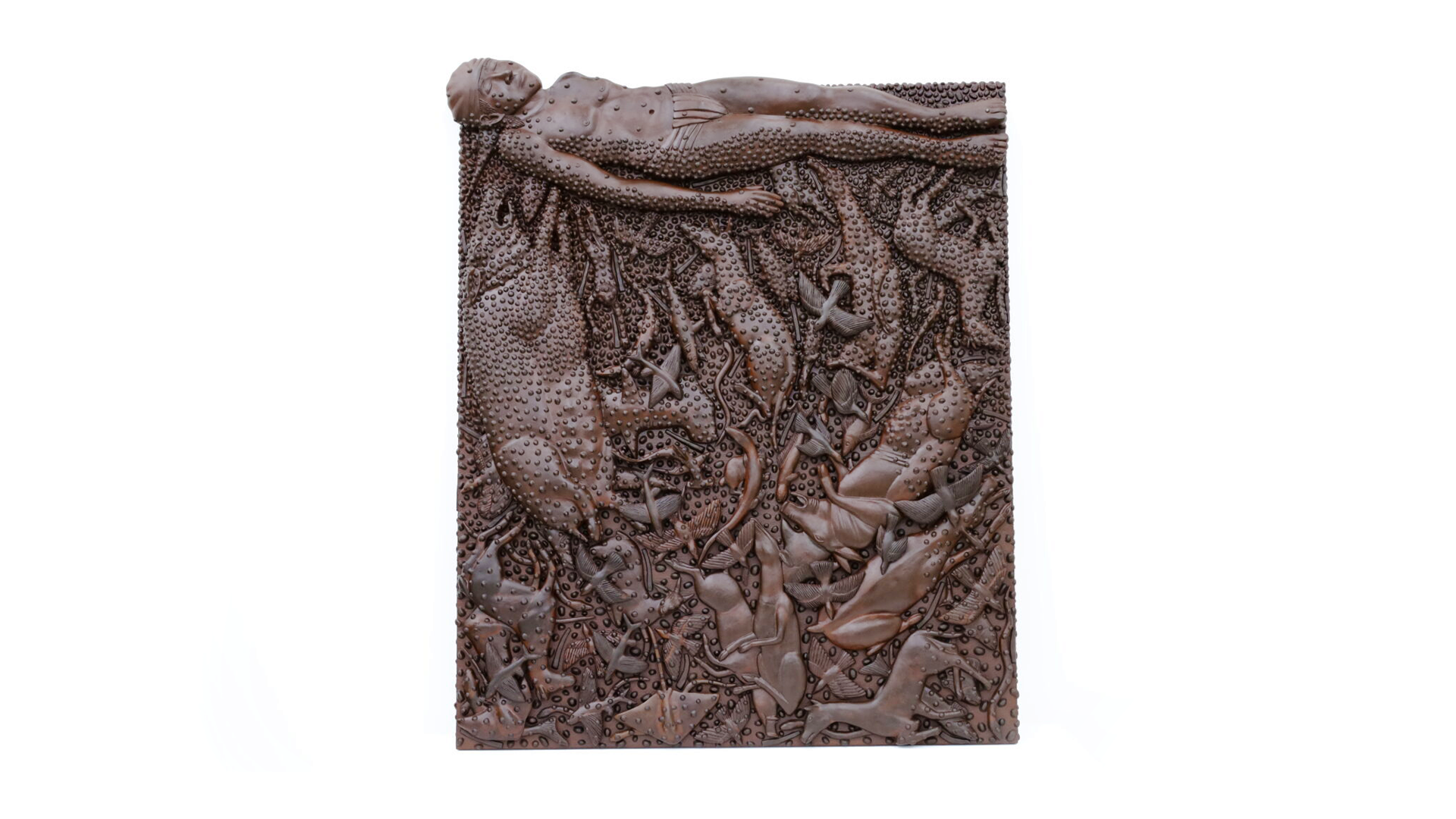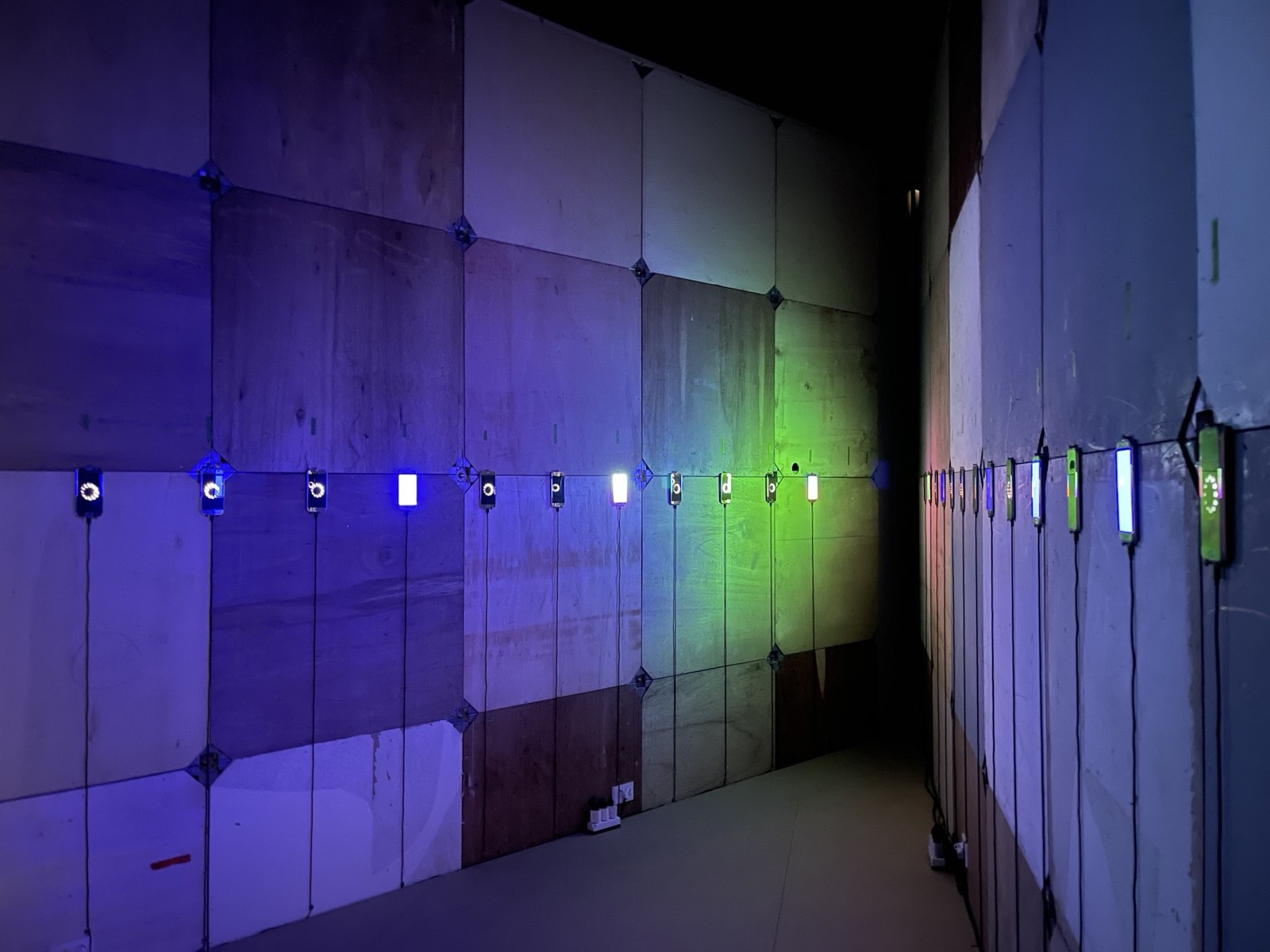Frieze Seoul returns to COEX in Gangnam, 4 – 7 September 2024, with more than 110 galleries offering an in-depth view of Korea’s art scene alongside that of Asia and the world. This year’s fair also coincides with major art biennials in Gwangju and Busan.
Korean artists from across the generations feature prominently this year, including Jeon Joonho, Lee Bul, Kang Seung Lee, Mire Lee, Lee Ufan, Nam June Paik, Park Seo-Bo, Park Youngsook, Do Ho Suh and Haegue Yang, while major artists from around the globe include Louise Bourgeois, Carol Bove, Alex Da Corte, Olafur Eliasson, Petrit Halilaj, Barbara Kruger, Yayoi Kusama, Nikki de Saint Phalle, Honor Titus and Anicka Yi.
Meanwhile, the returning Focus Asia section features ten solo presentations from the region’s next generation of artistic voices, alongside Frieze Masters showcasing six millennia of art history.
Solo Presentations
Solo highlights from the Galleries section include, among many others, the first solo presentation of Jeon Joonho (Gallery Hyundai) in a decade, showcasing new works that use computer programs. American artist Honor Titus (Timothy Taylor) also presents six new paintings that comment on privilege, leisure, class and race in reimaginings of Western portraiture. New sculptures by Tuan Andrew Nguyen (Galerie Quynh) use brass shell cases from the Vietnam War, tuned to healing frequencies.
Oil paintings by Rute Merk at Gallery Vacancy interrogate the blurring of work and leisure and the construction of identity via mass media; new works by painter Kohei Yamada (Taka Ishii Gallery) demonstrate the artist’s command of brushwork and momentum; and Filipino artist Mark Justiniani presents works with The Drawing Room that resemble nested wormholes.
Read more here.



